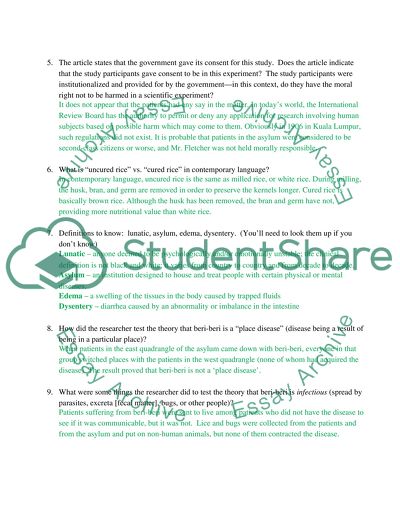Cite this document
(“HR 499 Article Example | Topics and Well Written Essays - 250 words”, n.d.)
Retrieved from https://studentshare.org/other/1416533-hr
Retrieved from https://studentshare.org/other/1416533-hr
(HR 499 Article Example | Topics and Well Written Essays - 250 Words)
https://studentshare.org/other/1416533-hr.
https://studentshare.org/other/1416533-hr.
“HR 499 Article Example | Topics and Well Written Essays - 250 Words”, n.d. https://studentshare.org/other/1416533-hr.


